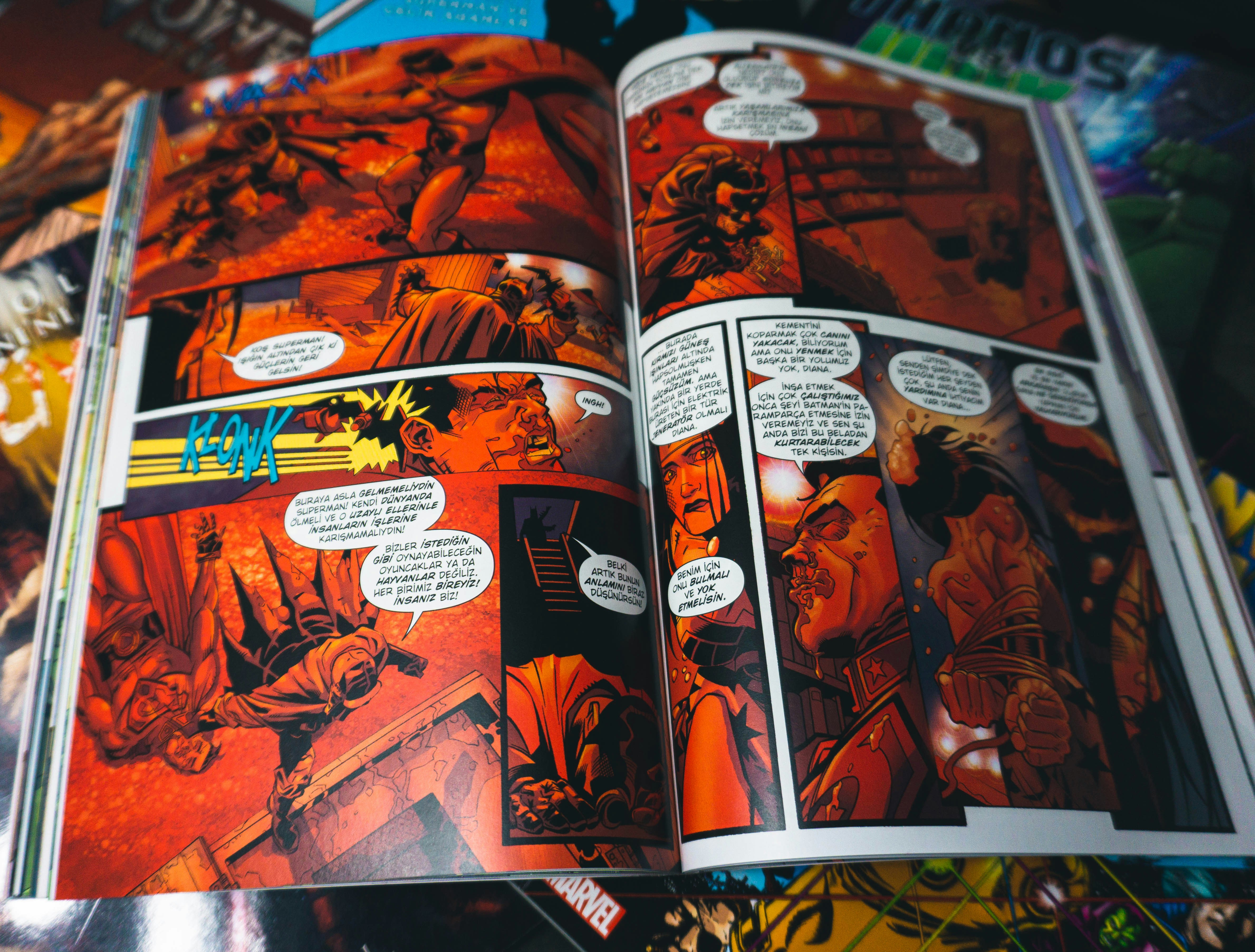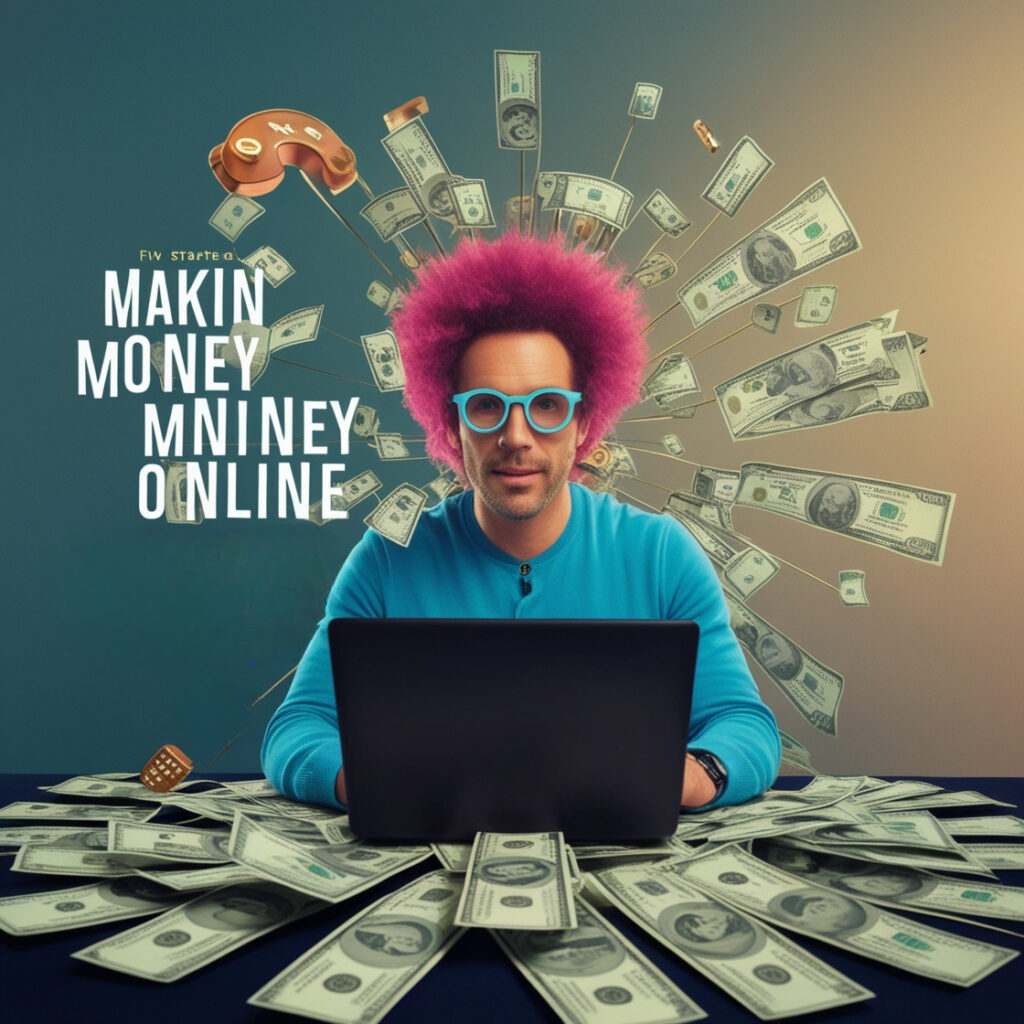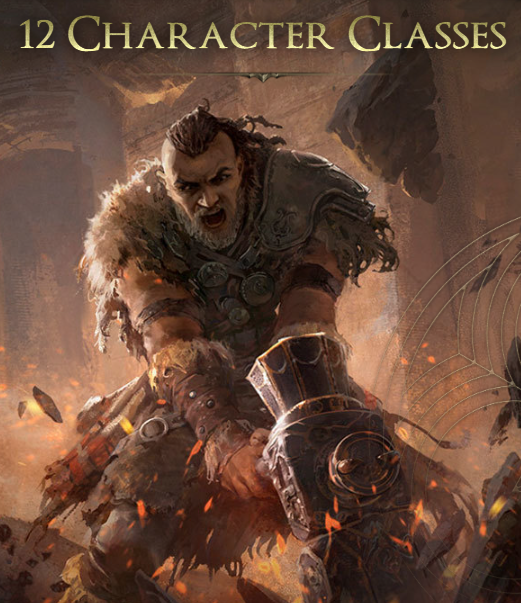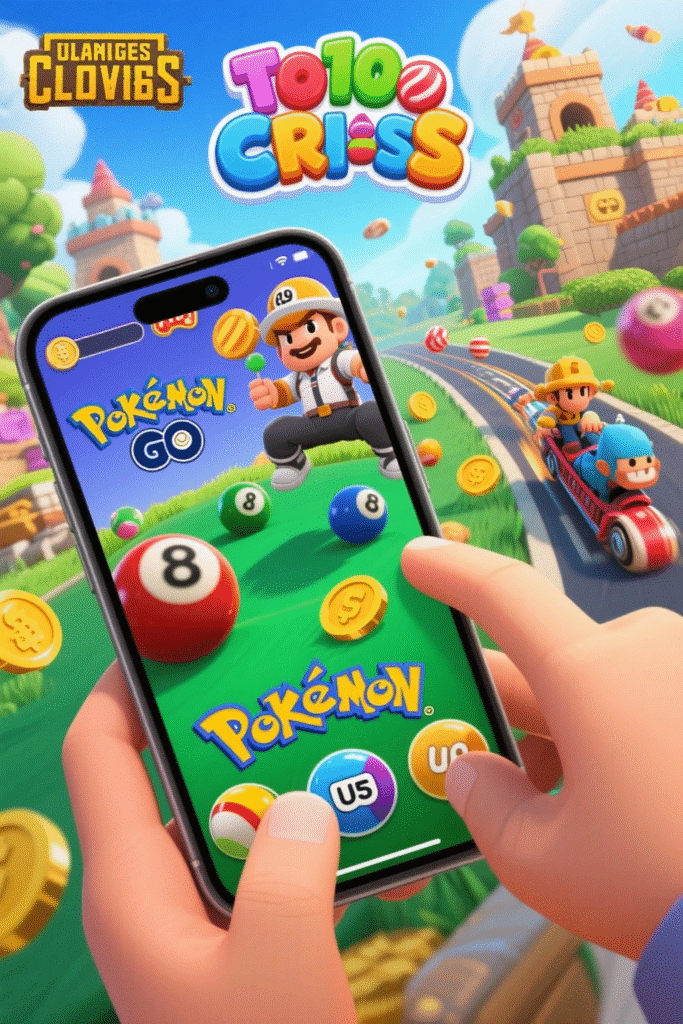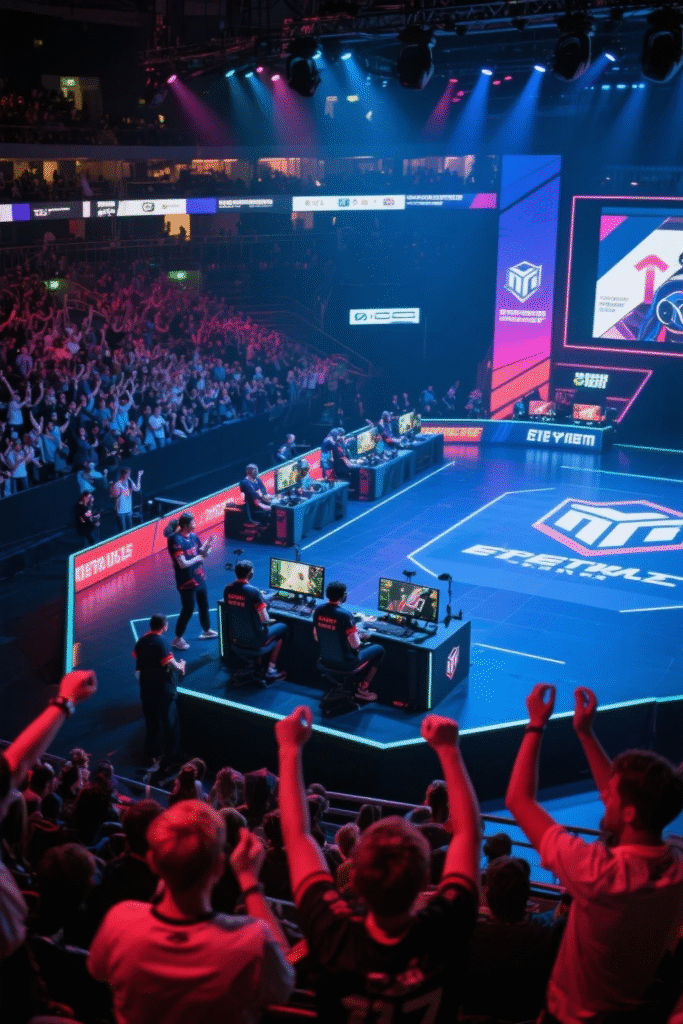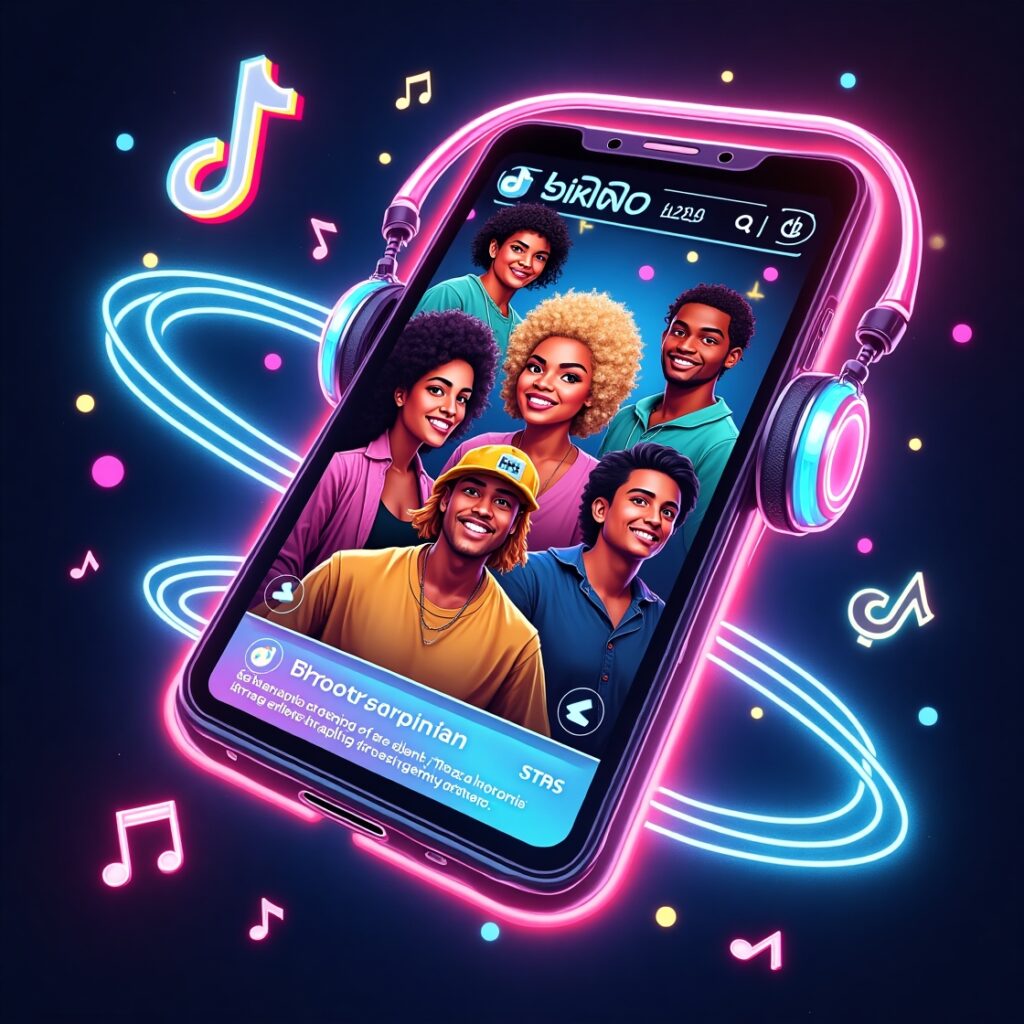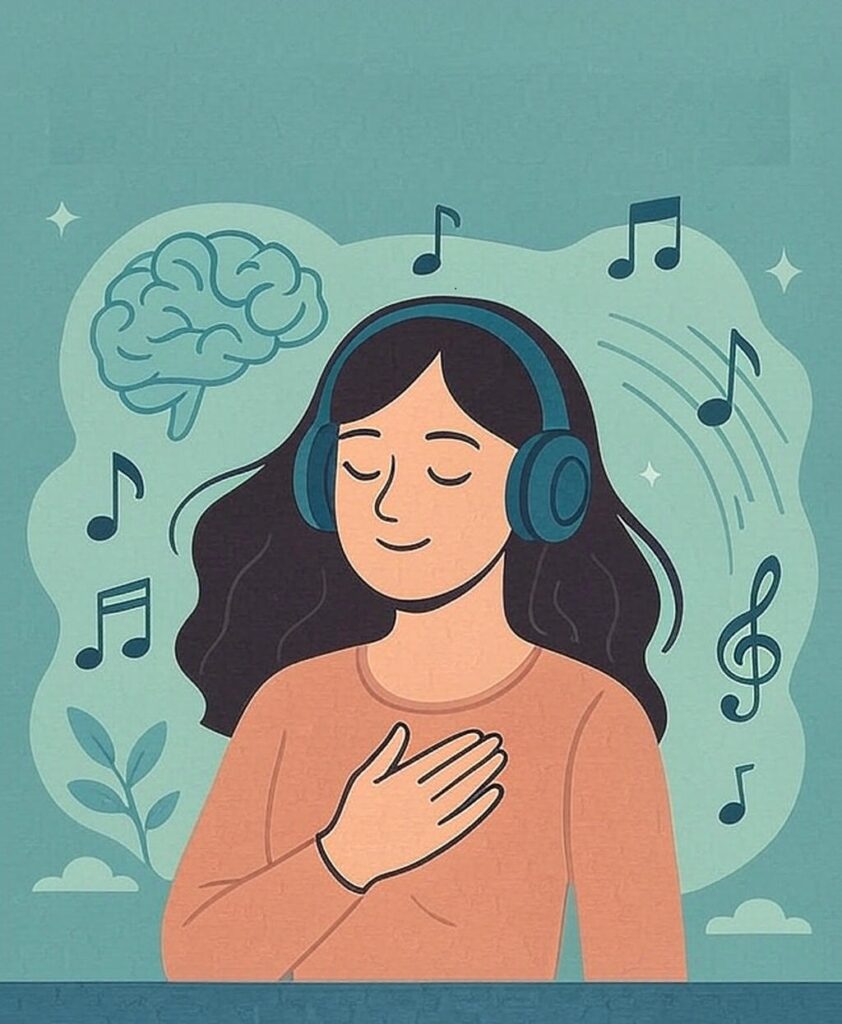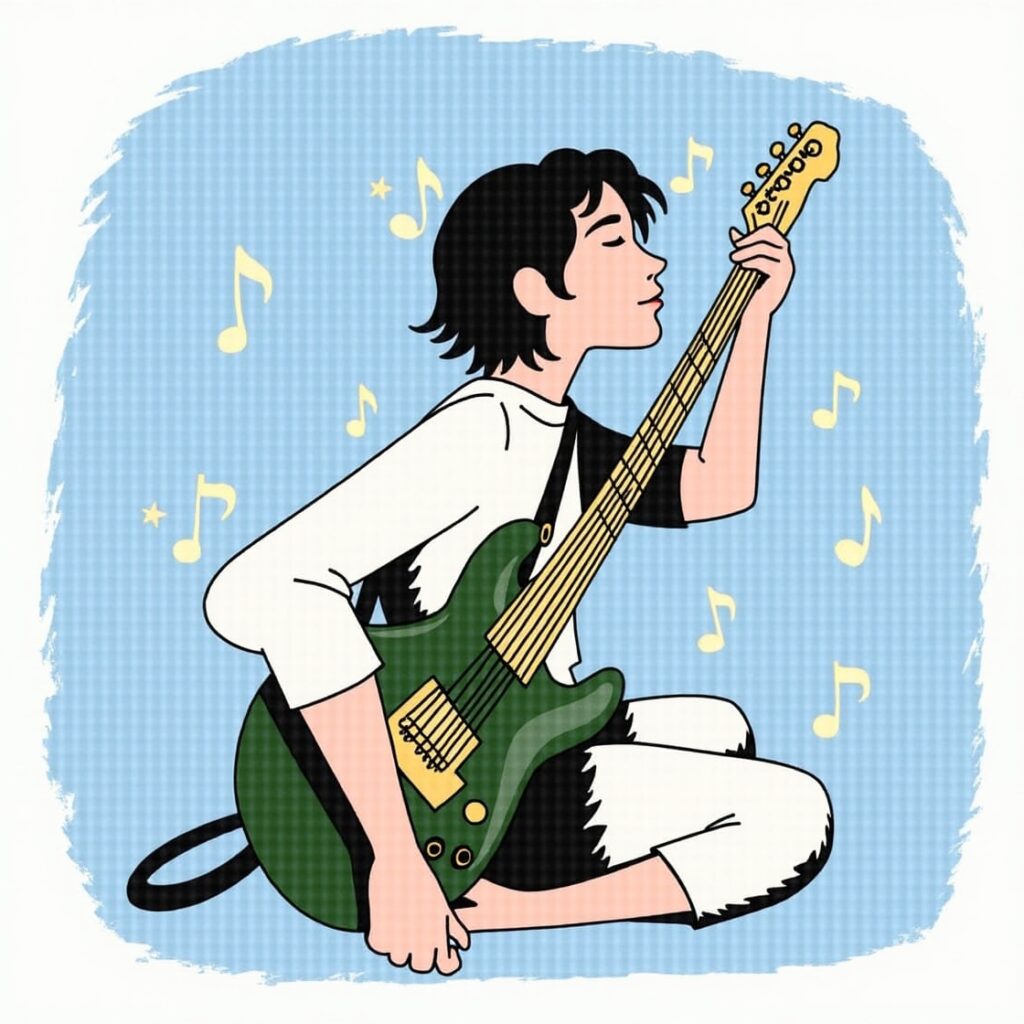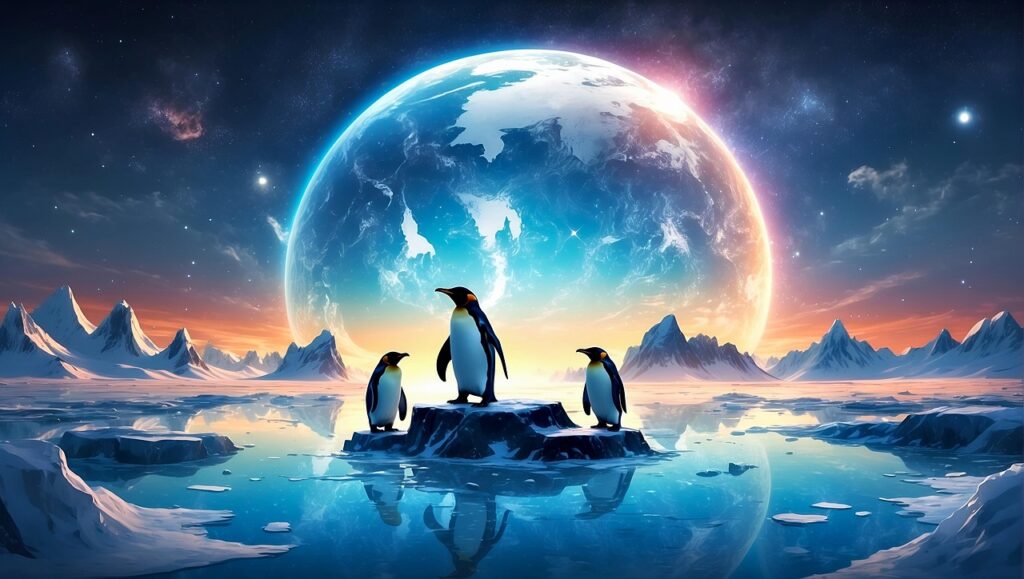Introduction to AI in Comic Art
Artificial intelligence (AI) represents a significant evolution in the technological landscape, offering various applications across multiple disciplines, including the arts. In recent years, AI has made notable strides, particularly within the creative industries, enhancing the capabilities of artists and writers alike. In the realm of comic art, artists are now beginning to explore how AI can complement their creative processes, unlocking new avenues for innovation and storytelling.
Historically, technology has played a crucial role in the evolution of comic art. From traditional hand-drawn methods to the digital tools that dominate the industry today, advancements have continually transformed the way comic creators work. With the rise of AI technologies, artists now have access to automated tools that can assist with colorization, scene generation, and even character design. This integration of AI enhances the creative process by allowing artists to focus more on conceptualization and storytelling.
Current applications of AI in comic art include algorithms that can analyze existing comics to generate new storylines or visuals based on learned patterns. Furthermore, AI-powered tools provide resources for collaboration, allowing teams of creators to brainstorm and visualize ideas more effectively. This technological shift is not meant to replace the artist but instead acts as a supportive mechanism that fosters creativity. The introduction of AI tools signifies a pivotal moment in comic art, where human intuition and machine processing can work hand-in-hand to produce unique and engaging content.
As we look forward, the relationship between AI and comic art continues to evolve. The integration of these technologies raises numerous possibilities, prompting artists to explore innovative techniques without sacrificing their creative vision. The future of comic art, bolstered by AI and digital advancements, promises to redefine the creative landscape, allowing for richer narratives and enhanced artistic expression.
The Current State of Digital Comic Art
In recent years, the realm of comic art has been significantly transformed by the advancement of digital tools and technologies. Traditional methods of comic creation are being complemented, and often replaced, by digital alternatives that offer a plethora of advantages. Artists are now utilizing a range of sophisticated software, such as Adobe Photoshop, Clip Studio Paint, and Procreate, which enable them to create vibrant illustrations with ease. These programs provide extensive libraries of brushes, textures, and effects that can simulate traditional mediums, ultimately enhancing the creative process.
Moreover, the accessibility of hardware such as graphic tablets and styluses has further elevated the capabilities of comic creators. Devices like the Wacom Intuos and iPad Pro allow artists to draw directly onto the screen, providing a seamless transition between drawing and editing. This technology not only expedites the creation process but also fosters an environment of experimentation, enabling artists to explore innovative styles and techniques without the constraints imposed by traditional tools.
The shift towards digital comic art extends beyond the creative process; it has also revolutionized distribution and accessibility. Online platforms such as Webtoon and Tapas allow artists to share their work with a global audience, bypassing traditional publishing constraints. This democratization of comic art means that independent creators can find their niche without the need for established publishers, leading to a more diverse range of voices and stories in the industry.
In addition, digital comics can cater to the preferences of contemporary audiences. They often incorporate interactive elements, animations, and multimedia that engage readers in new ways. The ability to purchase and read comics on digital devices, such as smartphones and tablets, has also made the format more appealing to younger generations who favor digital over physical media. As the current state of digital comic art continues to evolve, it presents exciting opportunities for both artists and audiences alike.
AI as a Collaborator in Comic Creation
The integration of artificial intelligence (AI) into the comic creation process signifies a transformative shift in how stories are crafted and illustrated. As artists and writers seek innovative ways to enhance their creative workflows, AI emerges as a powerful collaborator capable of augmenting the imaginative potential inherent in comic art. One of the most compelling applications of AI in this realm is its ability to assist in character development. By employing algorithms that analyze existing character traits and archetypes, AI can suggest new attributes and backstories, effectively broadening the scope of character exploration.
Additionally, AI plays a crucial role in generating compelling storylines. Utilizing natural language processing capabilities, AI can analyze successful narratives across various genres and offer thematic suggestions that align with contemporary reader preferences. This allows creators to explore diverse plots more efficiently, enabling the emergence of original narratives that resonate with audiences. Furthermore, AI’s predictive capabilities can help in evaluating the emotional impact of story arcs, allowing writers to fine-tune their scripts for maximum engagement.
Visual aesthetics are also enhanced through AI’s involvement. Machine learning algorithms can analyze vast databases of artwork to suggest innovative styles and techniques. This not only inspires artists to experiment with new visual elements but also provides a source of reference material that can accelerate the artistic process. The result is a collaborative environment where human creativity intersects with AI’s analytical strengths, leading to a richer and more diverse comic art landscape.
Moreover, the collaborative nature of AI can foster a more inclusive approach to comic creation by democratizing access to creative tools. Emerging artists, regardless of their technical skill level, can now leverage AI-driven software to bring their visions to life. This democratization holds the potential to inspire a new generation of creators, enriching the comic industry as a whole.
Enhancing Storytelling with AI
The integration of artificial intelligence into the realm of comic art is poised to revolutionize storytelling techniques and narrative construction. One significant advancement lies in personalized narratives, where AI can analyze reader preferences and behavior to craft unique story paths tailored to individual audiences. This ability allows writers to engage readers on a deeper level, presenting them with scenarios and outcomes that resonate with their interests and choices.
Moreover, AI technologies facilitate real-time decision-making in interactive comics, a format where readers can influence the storyline through their selections. By employing machine learning algorithms, AI can adapt plotlines and character arcs dynamically, offering a fresh experience with each read. This not only enhances reader immersion but also challenges writers to develop multiple narrative threads, broadening the scope of comic storytelling.
AI also plays a pivotal role in creating compelling plots and dialogues. With natural language processing capabilities, various AI tools can assist writers in brainstorming ideas, generating dialogue options, and offering creative suggestions. For instance, platforms like ChatGPT can analyze established storytelling patterns and produce dialogue that feels authentic, while tools such as Plot Generator can provide inspiration for plot twists and character development. This collaborative potential between human creativity and AI capabilities can lead to rich, multifaceted storytelling.
By employing AI-enhanced writing tools, comic artists can streamline their creative processes, allowing for greater focus on the visual aspects of storytelling. As AI continues to evolve, its impact on comic art is expected to expand, bridging the gap between traditional storytelling and innovative, technology-driven narratives. The future of comic storytelling thus promises a collaborative synergy that transcends conventional boundaries, embracing the exciting possibilities that artificial intelligence offers.
AI in Character Design and Artwork
Artificial Intelligence (AI) is revolutionizing various industries, and the realm of comic art is no exception. The infusion of AI technologies into character design and artwork is enabling creators to explore new horizons, redefining traditional artistic practices. By harnessing machine learning models, artists can generate innovative visual designs that push the boundaries of creativity. For instance, AI algorithms can analyze vast datasets of existing comic art, learning from various styles and color palettes, and offering novel character designs that blend multiple influences seamlessly.
One of the most notable advancements in this area is the rise of AI-generated art tools. These tools allow artists to input specific parameters, such as character traits or themes, and receive a range of visual interpretations tailored to those inputs. A popular example includes platforms that use neural networks to create artwork by interpreting simple sketches into detailed, vibrant illustrations. This not only saves time but also fosters experimentation, granting artists the freedom to explore styles they may not have considered otherwise.
Moreover, AI’s role in assisting artists extends to collaborative projects where human creativity combines with computational design. By leveraging AI tools, comic artists can enhance their storytelling through improved visual elements, ensuring that character designs are more cohesive and impactful. As such, AI doesn’t replace artists but instead serves as a valuable partner, empowering them to realize their visions more efficiently and effectively.
In light of these developments, the potential for AI in comic art is vast. As creators and technology continue to evolve together, the landscape of character design will likely shift towards increasingly sophisticated methods of collaboration, integrating innovative artistic techniques that redefine the very essence of comic storytelling.
The Ethical Implications of AI in Art
The rise of artificial intelligence (AI) is not only revolutionizing the creation of comic art but also raising significant ethical questions about its implications. One primary concern is the originality of AI-generated art. Traditional comic artistry is often rooted in human experience and emotional expression, whereas AI-generated works rely on algorithms and large datasets to produce images. This difference raises questions about whether AI can produce “original” art; indeed, the essence of originality itself is challenged when the artistic process is mechanized. If an AI creates a piece drawing from existing styles and techniques, to what extent is that work innovative, and how does it contrast with human-created pieces that carry personal imprints?
Another critical consideration is the issue of copyright. The complexity of attributing rights to AI-generated works presents a legal quagmire. When an AI system utilizes existing styles or mimics certain artists, the line between inspiration and infringement becomes blurred. Legal frameworks currently do not adequately address these ambiguities, leading to ongoing debates about the ownership of AI-created content. Who is the true author—the programmer, the AI, or the dataset used for training? The potential for copyright infringement is thus a pressing ethical dilemma facing the comic art industry in this new realm.
Lastly, the increasing capabilities of AI technologies may displace traditional artists, leading to a noteworthy shift in the industry landscape. As AI tools become more prominent, they may limit opportunities for traditional artists who rely on commissions and sales. This shift not only threatens individual livelihoods but could also homogenize styles within the industry, reducing the diversity and richness that human artists bring to comic creation. This disruption raises fundamental questions: How can the industry support traditional artists in adapting to new technologies without undermining their contributions? Such conversations are vital as we navigate the intricate relationship between AI and art.
Future Trends in AI and Comic Creation
The integration of artificial intelligence (AI) into comic creation is set to revolutionize the industry in several noteworthy ways. As AI capabilities continue to advance, we can expect enhanced tools that streamline the creative process, allowing artists to produce comics more efficiently while maintaining quality. Moreover, the rise of AI-generated artwork could lead to the emergence of entirely new genres, blending traditional narrative styles with algorithmically produced imagery. This could give birth to innovative storytelling techniques that challenge conventional boundaries within the comic realm.
One significant trend is the increasing use of AI-assisted design tools that can aid artists in everything from character design to background creation. These tools harness machine learning to analyze existing artworks, understanding style, composition, and color palettes. This capability enables artists to break free from creative blocks, offering inspiration and even generating initial sketches that artists can further refine. Ultimately, this collaboration between human and machine is likely to foster a more diverse range of comic styles and stories, enriching the medium as a whole.
Furthermore, the adaptation or hybridization of genres is anticipated, wherein AI’s role in generating narrative elements could lead to innovative storytelling formats. For example, we might see comics that adapt in real-time based on reader interactions or preferences, creating personalized experiences tailored to individual tastes. This potential evolution encourages artists to rethink how narratives can be structured and presented, allowing for greater engagement with audiences.
To prepare for an AI-integrated future, artists must develop proficiency in utilizing these digital tools while maintaining their unique artistic voice. Embracing AI as a collaborative asset rather than a replacement can empower creators, ensuring they remain relevant and influential in an ever-evolving landscape. Understanding these trends and proactively adapting to them will be vital for artists looking to thrive in the future of comic art.
Audience Reception and Interaction with AI Comics
The integration of artificial intelligence within the realm of comic art has stirred up various reactions from audiences and fans alike. As AI-generated comics become more prevalent, a pivotal question arises: How will readers perceive these innovative creations? Early opinions suggest a spectrum of attitudes, with some fans expressing excitement about the potential for new narratives and artistic styles while others remain skeptical of the authenticity of AI-driven content. This dichotomy reflects broader discussions about the role of technology in creative fields, emphasizing the necessity for a deeper understanding of audience reception.
One significant factor influencing fan attitudes is the level of involvement that AI contributes to the creative process. Readers often value the human touch in storytelling and artwork, associating emotional connection with the creators’ experiences. However, if artificial intelligence is used as a tool to augment human creativity—rather than replace it—many fans might be more receptive. For instance, AI could assist in generating ideas or providing a range of art styles, while the final narrative remains firmly in the hands of skilled artists. This collaborative approach could help bridge the gap between technological advancement and human-centric storytelling.
Furthermore, the potential for interactive experiences with AI comics opens new avenues for audience engagement. Readers may find themselves participating in the comic narrative through interactive features, such as choosing plot directions or influencing character developments. This shift towards reader agency can lead to a more immersive experience and foster stronger connections between audiences and the artwork. By harnessing both AI’s capabilities and the traditional elements of storytelling, the comic art industry may create an appealing blend that enhances reader interaction and ultimately reshapes the landscape of comic narratives.
Conclusion: Embracing a New Era in Comic Art
As we have explored throughout this discussion, the integration of artificial intelligence and digital technologies into the comic art industry brings forth a multitude of opportunities that can significantly alter its landscape. The ability of AI to assist in various creative processes—from drafting characters and panels to enhancing color palettes—holds the potential to enrich the artistic journey. This transformation not only offers efficiency and innovation but also expands the possibilities for storytelling in comic art.
Embracing this new era will require artists and writers to adopt a mindset that values collaboration with technology. By leveraging AI tools, creators can push the limits of their imagination, thus elevating their artistic expression. Adapting to these emerging technologies will enable comic artists to explore uncharted territory, resulting in a more diverse array of styles and narratives. Furthermore, the democratization of resources through digital platforms provides an avenue for more creators to enter the field, thus enriching the industry with fresh voices and perspectives.
While it is essential to acknowledge the concerns regarding the effects of AI on traditional artistry, it is equally important to recognize that these advancements should not be viewed as replacements but rather as complementary tools. The future of comic art lies in the harmonious fusion of human creativity and technological innovation. As artists and writers embrace AI-driven techniques, they are encouraged to remain true to their unique visions while exploring the potential that this technology offers.
In conclusion, the integration of AI into comic art stands as a pivotal juncture for the industry. By adopting and adapting to these new tools, creators can redefine the boundaries of their craft, innovate the art form, and ultimately, enrich the experiences of audiences worldwide. The future is bright for comic art, and embracing this new era promises a wealth of creative possibilities.

